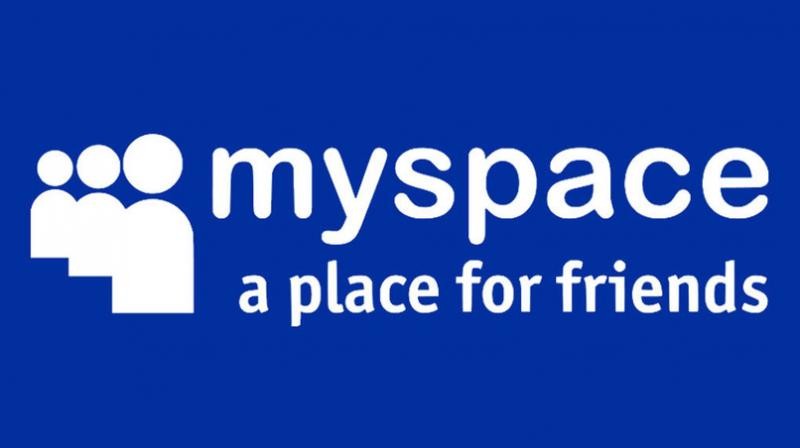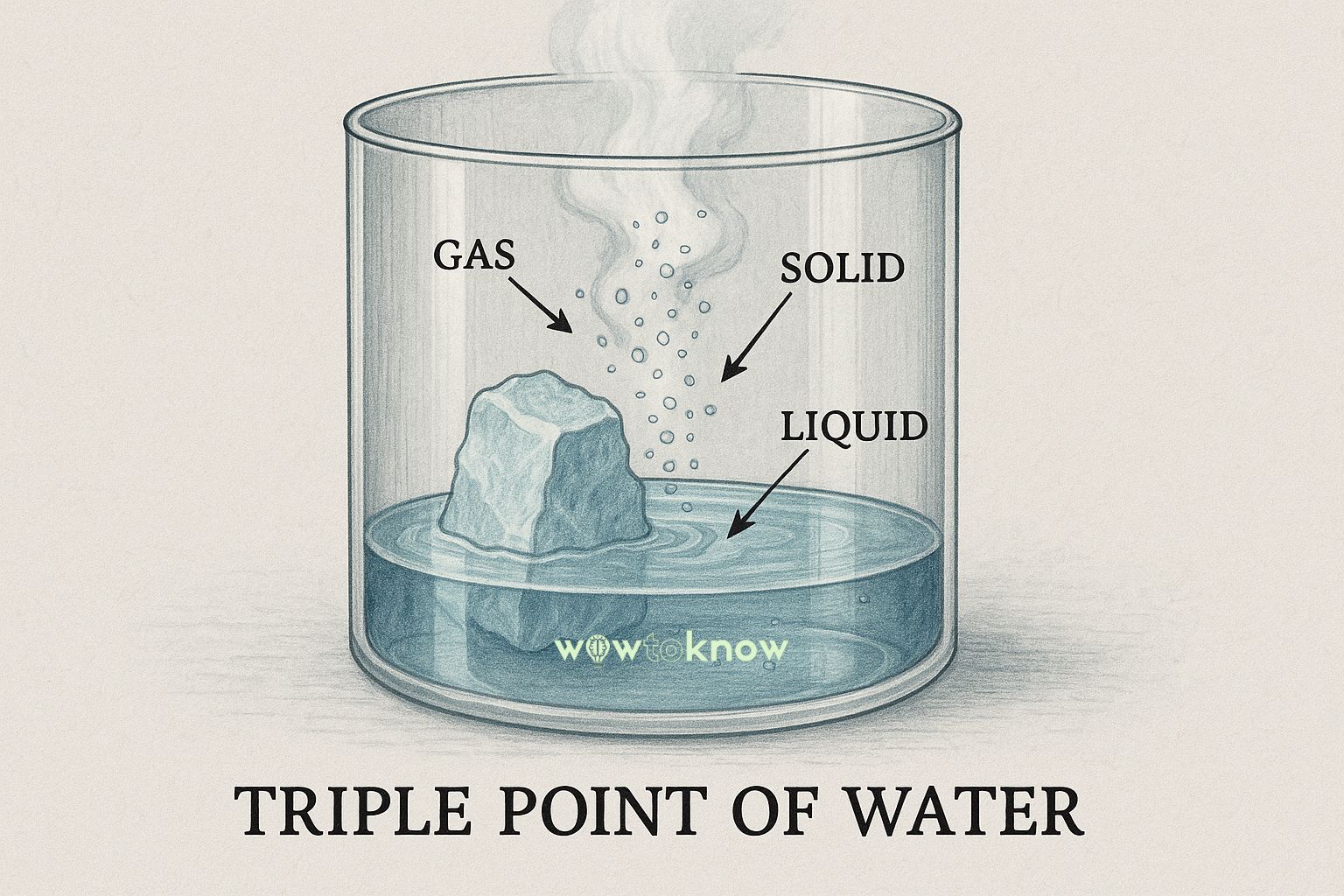In 2003, the landscape of digital communication and social interaction was forever changed with the launch of MySpace. This pioneering platform not only became the most popular social networking site in the United States by 2006 but also laid the groundwork for the future of social media. MySpace’s innovative approach to online connectivity paved the way for giants like Facebook and Twitter, revolutionizing how people interact, share, and connect online.
The MySpace Phenomenon: A Digital Revolution
MySpace’s Meteoric Rise
MySpace was founded by Tom Anderson and Chris DeWolfe as a response to the burgeoning interest in social networking. The platform quickly gained traction, offering users a unique blend of personal expression and social interaction. With customizable profiles, a vast music library, and a user-friendly interface, MySpace captivated millions, becoming the go-to site for teenagers and young adults.
By 2006, MySpace had surpassed Google in web traffic in the United States. Its success was driven by its appeal to musicians and bands, who used the platform to promote their music and connect with fans. This music-centric approach not only attracted users but also established MySpace as a crucial player in the digital music industry.
The Features that Defined MySpace
Customization and Personalization
One of MySpace’s most revolutionary features was the ability to customize user profiles with HTML and CSS. This allowed users to create personalized pages that reflected their identities, interests, and tastes. From background images to embedded music players, MySpace profiles became canvases for self-expression, setting the platform apart from its competitors.
Music and Social Connectivity
MySpace’s integration of music was a game-changer. Artists could upload tracks, share updates, and engage with fans directly through the platform. This not only provided exposure for emerging musicians but also created a vibrant community of music lovers. The platform’s music player and band pages became central features that attracted millions of users.
Social Networking and Interaction
At its core, MySpace was a social networking site that allowed users to connect with friends, join groups, and share content. The “Top 8” feature, where users could showcase their favorite friends on their profile, became a significant aspect of social dynamics on the platform. MySpace also introduced features like blogs, bulletins, and messaging, enhancing the ways users could communicate and share their lives online.
The Decline and Legacy of MySpace
Challenges and Competition
Despite its early success, MySpace faced significant challenges. The platform struggled with user interface issues, slow loading times, and increasing competition from Facebook, which offered a cleaner, more user-friendly experience. Facebook’s emphasis on real-name identities and streamlined features quickly attracted users away from MySpace.
The Shift to Facebook and Twitter
By the late 2000s, Facebook had overtaken MySpace in popularity, and Twitter emerged as a new contender in the social media landscape. MySpace’s inability to adapt to changing user preferences and technological advancements led to a decline in its user base. However, its impact on the social media world was undeniable.
FAQ
What made MySpace so popular?
MySpace gained popularity due to its customizable profiles, integration with music, and unique social features like the “Top 8” friends list. It provided a platform for self-expression and community engagement.
Why did MySpace decline in popularity?
MySpace faced challenges such as a cluttered interface, slow loading times, and stiff competition from Facebook, which offered a more streamlined and user-friendly experience.
How did MySpace influence future social media platforms?
MySpace set the stage for social media by emphasizing user-generated content, personalization, and social connectivity. It demonstrated the potential of online communities and influenced the development of platforms like Facebook and Twitter.
Is MySpace still active today?
Yes, MySpace still exists, primarily as a music-focused platform. While it no longer holds the dominant position it once did, it continues to serve as a space for artists to share music and connect with fans.
MySpace’s rise and fall is a fascinating chapter in the history of social media. Its innovative features and approach to online interaction laid the groundwork for future platforms, shaping the way we connect and communicate in the digital age. While MySpace may no longer be the social networking giant it once was, its legacy endures, reminding us of the ever-evolving nature of the internet and the power of human connectivity.







